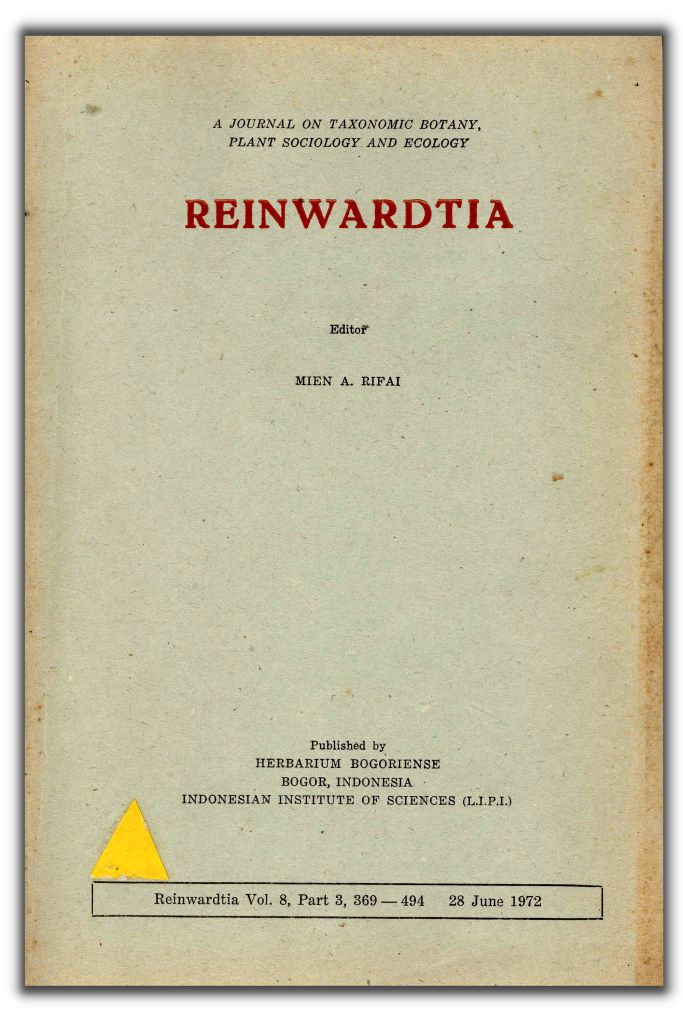GEOGRAPHIC INFORMATION SYSTEM (GIS) WEB SERVER FOR BIODIVERSITY INFORMATION SYSTEM
Main Article Content
Abstract
Article Details
References
BATTRICK, B. 2006. The Changing Earth, ESA Publication Division, The Netherlands.
BRADLEY, C. R., THOMAS, R. L., LOUIS, T. S.,JESSLYN, F. B., JAMES, W. M. & DONALD, O. O. 1994. Designing Global Land Cover Databases to Maximum Utility: The US Prototype. Environmental Information Management and Analysis: Ecosystem to Global Scales. Taylor & Francis,London. Pp. 299 - 314.
ESRI (Environmental Systems Research Institute), Geospatial Service-Oriented Architecture (SOA), an ESRI White Paper. Retrieved June 2007 from: http://www.esri.com/library/whitepapers/pdfs/geospatial-soa.pdf.
GOODCHILD, M. F. 1993. Sharing Imperfect Data, Sharing Geographic Information. New Brunswick, New Jersey. Pp. 363 - 374.
JOHN, J. K. & DONALD, L. P. 1994. Global Environmental Characterization: Lessons from the NO-AA-EPA Global Ecosystems Database Project.Environmental Information Management and Analysis: Ecosystem to Global Scales. Tailor & Francis, London. Pp. 315 - 327.
LETCHER, T. 2009. Climate Change, Observed Impacts on Planet Earth. Elsevier, The Netherlands.
PETERSON, M. P. 2005. Maps and the Internet. Elsevier, The Netherlands.
POLLOCK, R. J. & MCLAUGHLIN, J. D. 1991. Databased management system technology and geographic information systems. J. of Surveying Engineering 117 (1): 9 - 26.
SUNARNO, B. & RUGAYAH. 1992. Flora Taman Nasional Gede Pangrango. Herbarium Bogoriense, Puslitbang Biologi - LIPI, Bogor.
YAHARA, T. 2009. Climate change, biodiversity loss and challenges of the Asian conservation ecology program. The 1st International Symposium on Aquatic Environment and Biodiversity Conservation. The Lake Taihu Basin. Shanghai-China.

